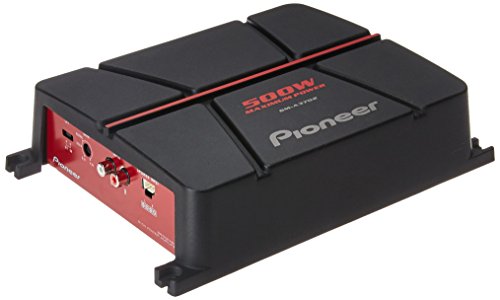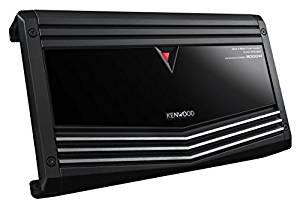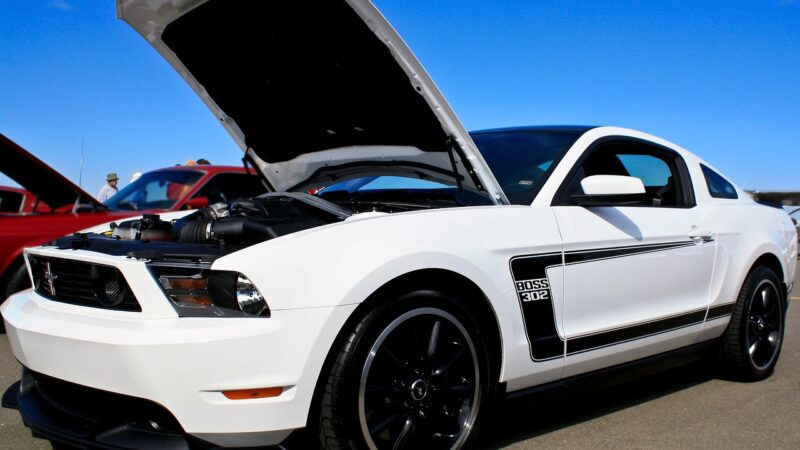10 Things to Consider When Choosing the Best Car Amplifier

Your car’s amplifier plays a significant role when it comes to sound quality. Replacing the amp is often the only requirement to upgrade your car’s sound system. It is important, however, to choose the right one. The correct amplifier will add warmth and quality to your car sound at all volumes. An amp is also necessary to power more powerful speakers and sub-woofers.
When buying an amp, it is important to remember that every model has its own pros and cons. In order to find an amp that will cater to all your car sound needs, you need to do some research. Here is a list of 10 things that you need to consider when choosing the best car amplifier.
Warranty
Every manufacturer has a distribution chain that they trust. They authorize certain dealers to sell their products and they know exactly where how and when their products end up on the shelves of these dealers. This is why you only get a warranty when you buy from an authorized dealer. By making sure that you get a warranty and that you buying from an authorized dealer, you ensure that you get a product that followed the manufacturer’s distribution chain. This means that you get the benefits of a warranty as well as the best possible quality.
Ratings
Car amplifiers are rated in terms of their circuit design. The ratings include Class A, Class B, Class AB, and Class D. Every category has its own pros and cons, which relates to the reproduction of high-frequency sound, operating temperatures, energy-efficiency, and peak performance. Most buyers prefer the Class AB amplifier as it has all the benefits of the Class A and B and the Class D works best for low-frequency sound.

Physical size
Nowadays, you don’t have to settle for a bulky amp that won’t fit underneath your seat. Developments in technology made it possible for an amp that is less than 12” long to produce 150 watts for 4 channels. This means you can install an amp underneath your seat that will be able to power most car speakers and subwoofers. For the average car sound system, you don’t have to settle for anything bigger than 7” x 12” x 2”.
Channels
An amplifier channel is an electronic circuit that provides power to one single car speaker. This means that you need one channel for every speaker that you have in your car. Most sound systems require amplifiers with 2, 4, or 6 channels. If you’d like to power a subwoofer, you should either consider a 4 or 6-channel amp. If you want to power a subwoofer additionally, consider a Class D amplifier with 1 channel that you can add to your configuration.
Power
When buying an amp, it is important that you know the specifications of the speakers that you will be powering beforehand. The golden rule is to overpower your speakers rather than under-powering them. In doing so, you won’t be tempted to crank up the gain and damage your speakers. The amp should be compatible with the ohm load of the system to prevent overloading your amp. You should also make sure that you don’t buy an amp with 1 channel to power configurations of 2, 4, or 6 channels.
Line-level inputs
If your head unit has a preamp output, you need an amp with a line-level input. This will ensure the best possible sound quality as you are providing your amplifier with an electric audio signal that is completely unamplified. If your head unit does not have a preamp output, buy an amp that has a speaker-level input. An audio signal that is somewhat amplified by the head unit may lack quality if it is amplified by the amp. If it is at all possible, try to use a head unit with a preamp output.
Overall quality
It may be tempting to pay the lowest price for the most powerful amp you can find. The problem with these low-priced amps is that they are produced at a lower cost per unit, meaning that the quality of their components and composition may be lacking. By buying the best quality amps, you don’t only get the best quality sound, but the amps themselves also have a longer lifespan. To make sure that you buy the best quality, stick to trusted brands and read the products’ online reviews.
Installation
Since there is usually no place in the car’s interior that is designated for an exterior amp, it is important that you identify and measure a place beforehand. This will either be underneath one of the seats, in the trunk, or against the passenger-side firewall. When you know where you want to install the amp, you will have to find one with the correct physical size. Also plan ahead for wire installations and ease of access.
Additional features
Make sure that the external amplifier will meet all your needs. Write down all the specification of your system, including your head unit and all speakers in your car. For example, you may need a subsonic filter for your subwoofer, or a line-level input to ensure compatibility with your head unit. If you buy from an authorized dealer or online platform the seller would be able to make sure that the amp meets all your needs.
Check the Fuses
Power = Voltage x Current Draw x Efficiency Constant. Your car’s voltage is around 13 Volts and the efficiency constant of a Class AB amplifier is 0.6. When it comes to the current draw, you have to consider the amp’s total fuse rating. This means that if an AB Class amp is fused at 50 amps, you get a power output of 13 x 50 x 0.6 = 390 Watts. If you stumble upon a product with specifications that claims an output of something ridiculous, you can use this formula to verify if this is truly the case.
Conclusion
Ensuring that you get the best possible car amplifier comes down to these basic considerations. By sticking to trusted products that have enough power and channels, you’ll be sure to make a satisfactory purchase. When your needs are a bit more extensive, consult with the authorized seller to ensure that the amp you are considering will be able to power your existing configuration.





